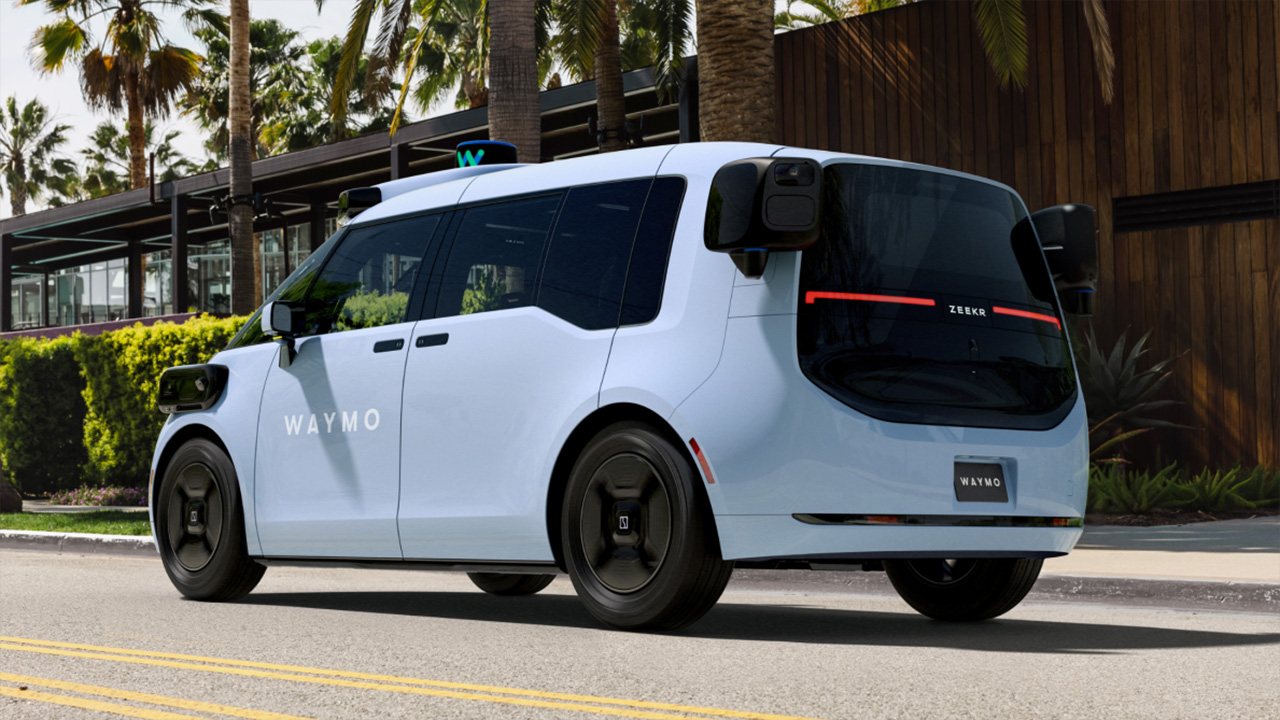The latest system packs a punch with 13 cameras, 6 radars, 4 lidar sensors, and several external audio receivers. These sensors work together to give the vehicle a complete view of its surroundings, detecting objects up to 1,640 feet (500 meters) away. Waymo has managed to improve performance while using fewer sensors than in previous versions, which has significantly cut costs without compromising safety.
Waymo's engineers have made some clever upgrades. They've placed the sensors more strategically, improved their technology, and enhanced the machine learning models that interpret the data. The cameras now have higher resolution, and the system can see further than before.
One of the coolest new features is the sensor cleaning system. It allows the vehicles to drive autonomously in snowy conditions, which is a big deal for places with cold winters. The system can also swap out sensing components to match specific environments, making it more adaptable than ever.
Satish Jeyachandran, Waymo's Vice President of Engineering, explained how they've applied real-world experience to improve the system:
"Through regular road trips to newer cities, we've deepened our understanding of winter weather's impact on our technology and operations and applied these valuable insights directly to our 6th-generation system. For example, since our vehicles are exposed to the elements for long periods without manual intervention, we implemented preventive measures for each sensor to maintain a clear view of its surroundings whether it's driving through a buggy Texas road or operating in freezing temperatures."
Waymo has put its new system through its paces, logging thousands of miles in real-world testing and millions more in simulations. The company designed these vehicles to operate for long periods without anyone needing to step in, whether they're navigating snowy streets or dusty Texas roads.
Source: Waymo

